Are you dreaming of visiting Japan? We can’t blame you. Numerous travellers can’t get enough of this fascinating country.
So, what can a first-timer like you expect when travelling in Japan? First, let’s plunge into Japan’s appeal.
Insight into Japan
Cultural immersion…check!
Outdoor adventures…check!
High-tech experiences…check!
Japan has it all, making it one of the most beloved countries to visit. Japan caters to diverse attractions for all interests. That could refer to an anime fan wanting to explore Akihabara’s pop culture scene, an outdoor enthusiast yearning to hike or ski, a history buff eager to explore ancient castles, or a shopaholic looking for the trendiest fashion.
This is a land steeped in history and tradition. From ancient temples and shrines to traditional tea ceremonies and sumo wrestling, there's no shortage of cultural experiences. Cities like Kyoto, with its well-preserved geisha districts and serene gardens, provide a window into Japan's past. At the same time, the bustling streets of Tokyo offer a glimpse of a modern, vivacious culture.
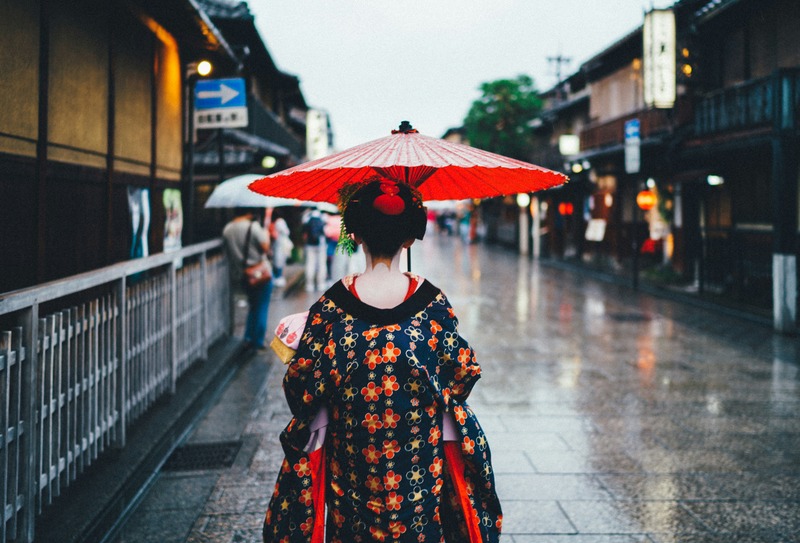
Speaking of which, Japan is known for its seamless blend of the old and the new. Futuristic skyscrapers, high-speed trains, and cutting-edge technology coexist harmoniously with centuries-old traditions like kabuki theatre, calligraphy, and ancient shrines.
Japanese cuisine is world-renowned for its freshness, variety, and delicacy. Sushi, ramen, tempura, and sashimi are just the beginning. Japan offers more regional specialities, street food stalls, and Michelin-starred restaurants. The food culture is not only delicious but also an integral part of the travel experience.
As for its natural wonders, the country’s diverse landscapes are stunning. Whether you’re exploring onsen (hot springs), hiking in lush forests, or soaking in the beauty of cherry blossoms in spring, Japan’s natural attractions are as impressive as its cities.
Best time to visit Japan
Japan experiences four distinct seasons, each with its own vibe. Spring is usually the best time to visit for comfortable weather, with mild temperatures and those famous cherry blossoms in full bloom. Summer can be scorching and humid, while fall brings cool temps and stunning autumn leaves. Winter in Japan can vary - southern regions are chilly and dry, yet northern Japan gets cold with lots of snow (a prime spot for snow sports).
Hence, “when” the best time to visit Japan truly depends on what you seek. For example, although the best time for witnessing cherry blossoms is spring, wherever you’re headed plays a critical role.
Cherry blossoms begin blooming as early as late February in southern Japan. As you move up the country, the blooms appear a bit later. The flowers typically don’t pop up until March or early April in Kyoto, whereas you’ll be lucky to see them bloom until late April or even May in northern Japan.
What about budget-friendly travel?
Consider visiting in January or February (before the cherry blossoms bloom) or during the fall after September. However, if you’re looking to save some cash, avoid travelling in June through August.
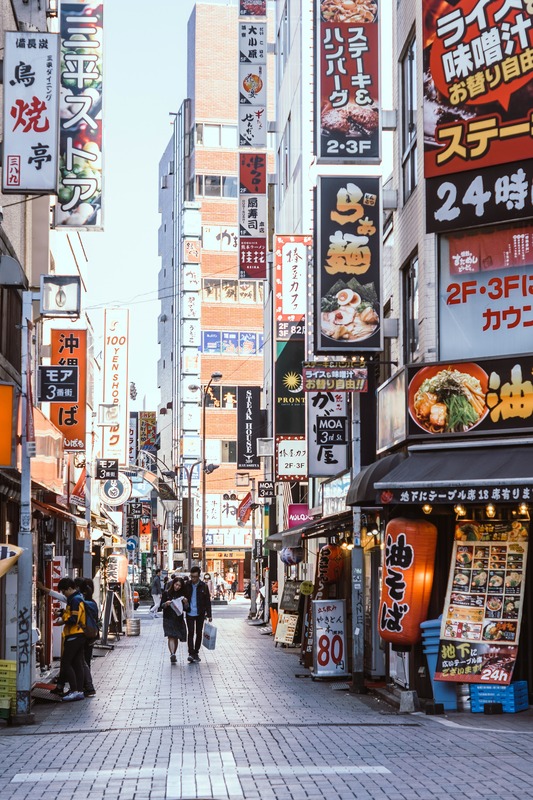
When does Japan get the most and least crowded?
Typically, March and April are peak tourist seasons in Japan, especially in cities like Tokyo, as the cherry blossoms draw crowds from all over the world.
The busiest times for domestic travel, moreover, are New Year’s (Shogatsu), Obon in mid-summer, and Golden Week at the end of April and early May. If you plan on visiting during these periods, make sure to book your accommodations and activities well in advance.
On the flip side, January (after New Year's) and February are the least crowded months.
Travel tips you’d want to take notes of
Nagivating around Japan should be memorable in a good way. We have prepared a list of travel tips worth falling back into whilst planning and even in the country!
Cherish the warm smiles
Japan is one of the safest countries in the world for travellers. Low crime rates, clean public spaces, and friendly locals create a welcoming and secure atmosphere. The famous Japanese hospitality, or "omotenashi", means that service is always top-notch, and the locals are always eager to assist tourists with a warm smile. But, as with any new place, it’s always a good idea to stay aware and exercise caution.
Be mindful of your surroundings
Japanese culture values politeness and undisturbing others. Keep your voice down on public transport, put your phone on silent, and use headphones if you’re listening to music. Respecting these customs will make you blend in and have a more pleasant experience.
Benefit from the tax-free shopping
Want to save on shopping? Look for the tax-free symbol at stores. You’ll need your passport to show proof of immigration - and just like that, you save 10 per cent on the spot. Just remember: if you’re buying consumable items (food or cosmetics), they’ll be sealed in a bag you can only open once you’re outside Japan.
Bring some ¥
Cash is king in Japan. Although Japan is becoming more digital, it’s still very much a cash-driven society, especially in smaller shops or rural areas. Indeed, heaps of places in major cities accept credit cards, even so you’ll find that cash is still the preferred method of payment. Don’t hand someone cash directly, place it on the little tray provided. The cashier will hand in your change there. Also, be prepared with a coin purse since vendors often provide small trays for change.
Some might say bringing around 5,000 yen per person per day for food, snacks, and other essentials is enough. If you plan to shop or your accommodations aren’t prepaid, bring more yen.
Carry your trash
Japan is famous for its cleanliness and organisation. You’ll notice how well-maintained and orderly everything is at a public park, a train station, or a restaurant.
Trash cans are scarce in Japanese cities due to strict waste sorting rules, thus, it’s common practice to take your trash with you until you find somewhere to dispose of it. Convenience stores and public restrooms will usually have places where you can dispose of small items, and vending machines often have recycling bins nearby. This is all part of respecting Japan’s clean and organised culture.
Download Google Translate for seamless communication
English isn’t widely spoken in Japan. The language barrier can be a challenge, especially outside of major tourist areas such as Shibuya or Shinjuku in Tokyo. Don’t worry! Download Google Translate to help you out. You can snap a photo of anything written in Japanese — from restaurant menus to signs — and instantly get a translation. It’s as if you have a personal translator around. Locals are generally friendly and willing to assist you if you’re polite.
Expect an otoshi at izakayas
An appetiser, known as "otoshi", is normally served when you find it at an izakaya (Japanese pub). It’s a small, non-optional dish that comes with your seating, usually priced around 400-500 yen. Although otoshi comes with a price, it’s certainly small for the experience.
Getting around is efficient
Japan boasts one of the most efficient and reliable transportation systems in the world. Several means of transportation will be a breeze for your mobility.
Airport Express Lines
If you're flying into Tokyo or Osaka, the airport express train is a convenient and efficient way to get to the city centre, where you can continue your journey using local trains.
Car rentals
Renting a car isn’t usually needed in Japan. However, if you're heading to rural areas, such as mountain regions, a car might come in handy. If you only plan on staying in major cities (Tokyo and Osaka), public transport will get you just about anywhere.
Domestic Flights
Perhaps the trains are affecting your time. Flying can save you time compared to taking the train for longer routes. Domestic flights in Japan are quick, easy, and budget-friendly.
Taxis
Taxis are available for those times when public transport isn’t an option. For example, late-night travel. Taxis in Japan offer white-glove service, and don’t worry — tipping is not required!
Trains
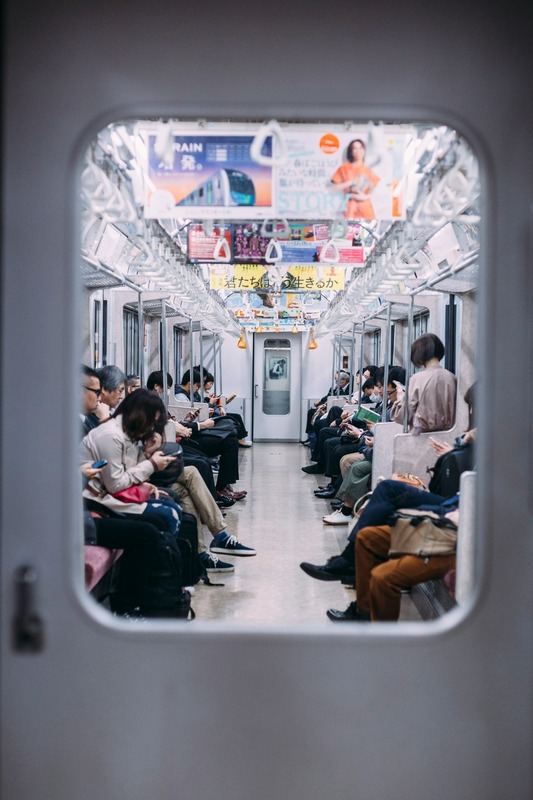
The Shinkansen (bullet trains) allow travellers to whisk between major cities. Hop onto local trains for the last stretch of your journey as soon as you arrive at the main train station. Sure, it can feel a bit overwhelming in hindsight. But you’ll be in shock at how efficient it really is.
A Japan Rail Pass may not always be necessary, especially if you plan to stay within a city like Tokyo. Grabbing an IC card, nevertheless, accommodates hassle-free travel. SUICA (Tokyo) and ICOCA (Osaka) are cards that enable you to hop on and off trains without needing a ticket each time and can even be used for purchases at convenience stores and vending machines!
Go naked in an onsen
Get comfortable with being completely naked at a Japanese onsen (hot sprint). Yes, not even swimsuits are allowed. It’s a key part of the onsen experience as the locals believe hygiene comes into play as well.
No eating while walking
Tabearuki (eating while walking) is considered impolite. It’s seen as disrespectful and creates unnecessary litter. Relish in your meals at designated spots or food stalls during festivals, but leave the walking snacks for elsewhere.
Not a tipping culture
Prepare to be amazed at the yakitori, sushi, ramen, or other authentic dishes since Japan's culinary scene is second to none. The country boasts some of the most Michelin-starred restaurants in the world. But here's a fun fact: tipping is seen as rude here — your bill already includes service charges. The exceptional service you’ll experience is already built into the cost, so rejoice in the hospitality without worrying about leaving extra. Do you hear slurping noises? That’s your queue to follow! It’s considered polite when eating noodles.
Luggage is not a problem
You don’t have to lug your bags everywhere whilst travelling from city to city in Japan. Take advantage of Japan’s amazing luggage service called Takuhaibin. Send your suitcase ahead to your next hotel or even to the airport before you fly.
There are also coin lockers at major stations, so you can store your stuff until you’re ready to go. Bear in mind that you'll have to pay the fee again if you need to access your locker after locking it.
Maximise time with open-jaw flights
Save time and money by flying into one city and out of another! For example, fly into Tokyo and leave from Osaka (or vice versa). This way, you don’t waste time doubling back and can make the most of your trip.
Plan and reserve tickets
Japan is one of the most popular destinations worldwide, and Tokyo, in particular, can sell out quickly. Be sure to book tickets in advance to avoid missing out on must-see attractions.
Recharge your devices' batteries
Japan uses a voltage of 100V. Double-check your device’s voltage or bring a converter for your electronics.
Shoes off
It’s common to remove shoes when entering homes, visiting traditional spots, and certain restaurants in Japan. This entails a sign of respect. If you see shoes at the entrance and house slippers nearby, slip into the indoor slippers provided.
Start your days early
The earlier you step out of your accommodation, the better chance you get to avoid the crowds. Japan is a popular destination for tourists from all over the world, so be prepared for crowds, especially during peak seasons; March to May and October to November. Tokyo, the world’s most populous city, can feel especially crowded, so embrace the buzz!
Trickier food hunt for vegetarians and vegans
Japan’s world-famous gastronomy is a dream come true for foodies. However, if you follow a vegan or vegetarian diet, it might be trickier to find options compared to Europe or the U.S. While some restaurants cater to these diets, they’re not as common. Also, it’s considered rude to ask for alters in your meals.
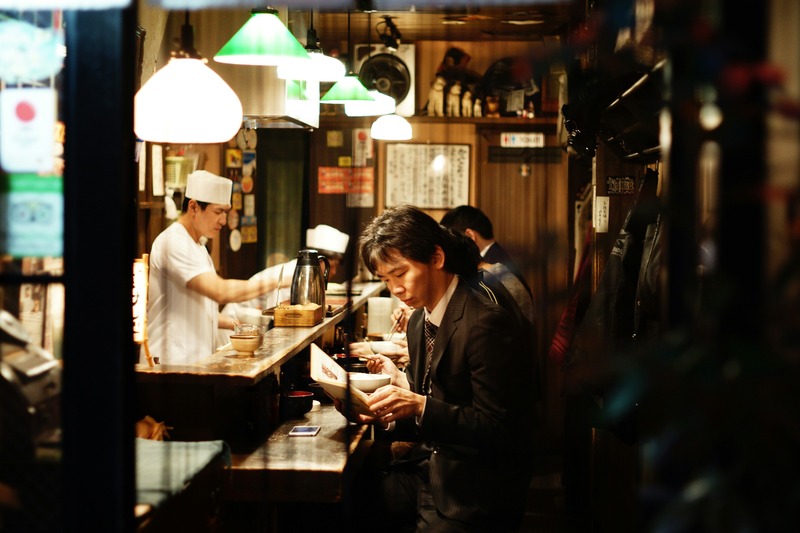
Use ATMs at convenience stores
Japan’s konbini (convenience stores) are merely more than a haven of snacks - they’re also a great spot to withdraw cash. Look for the 7-Eleven ATMs, which are the most reliable for international cards. But other "konbini", Family Mart and Lawson, have ATMS as well. Be sure to choose yen (¥) instead of your home currency to avoid poor exchange rates.
Wear comfy shoes
Japan is a walkable city. You’ll do plenty of walking and using public transport, so make sure you have comfortable, walking-friendly shoes. Trust us, your feet will thank you. Plus, it’ll be convenient for whenever you need to take off and on your shoes at some sites.
Your duration depends
Ideally, spending a week in Japan should get you a taste of Japan’s wonders. Tokyo is a must-see for first-timers, yet Japan has so much more to offer. Venture beyond the capital to Kyoto and Osaka; each boasting a significant blend of modern and traditional culture. Tokyo offers sprightful city life, Kyoto is the heart of traditional culture, and Osaka is a food lover’s paradise. Spare two weeks then add Mount Fuji or Niseko for a nature-filled escape.



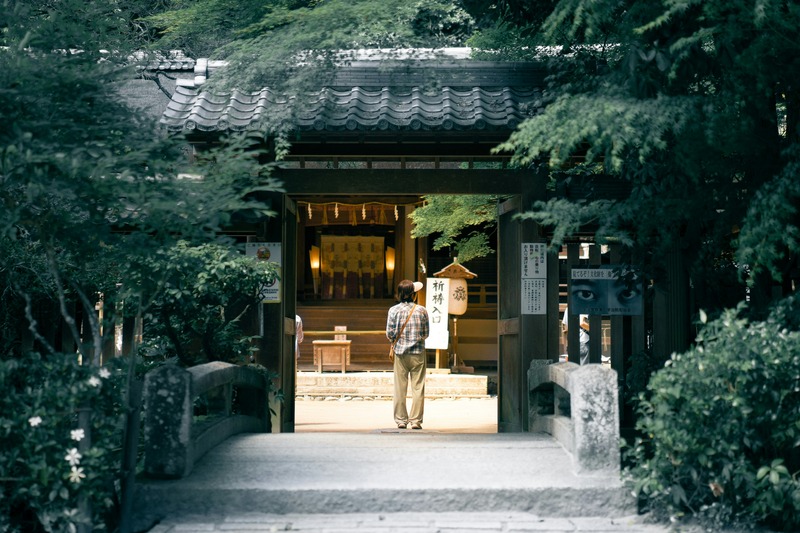
 Mirella Pandjaitan
Mirella Pandjaitan
 Dec 22, 2025
Dec 22, 2025